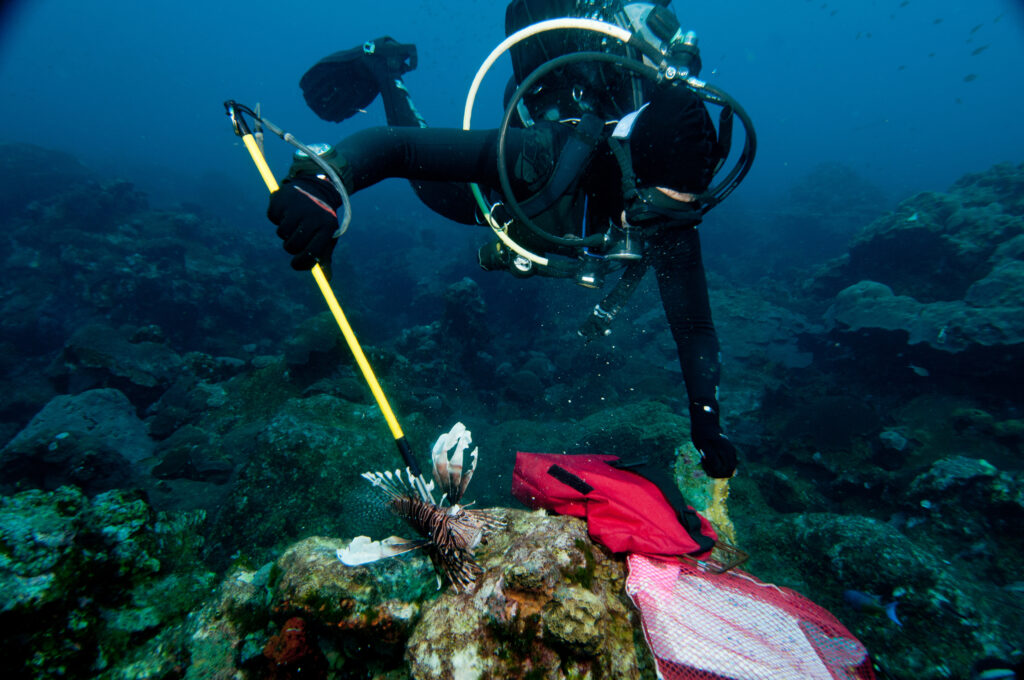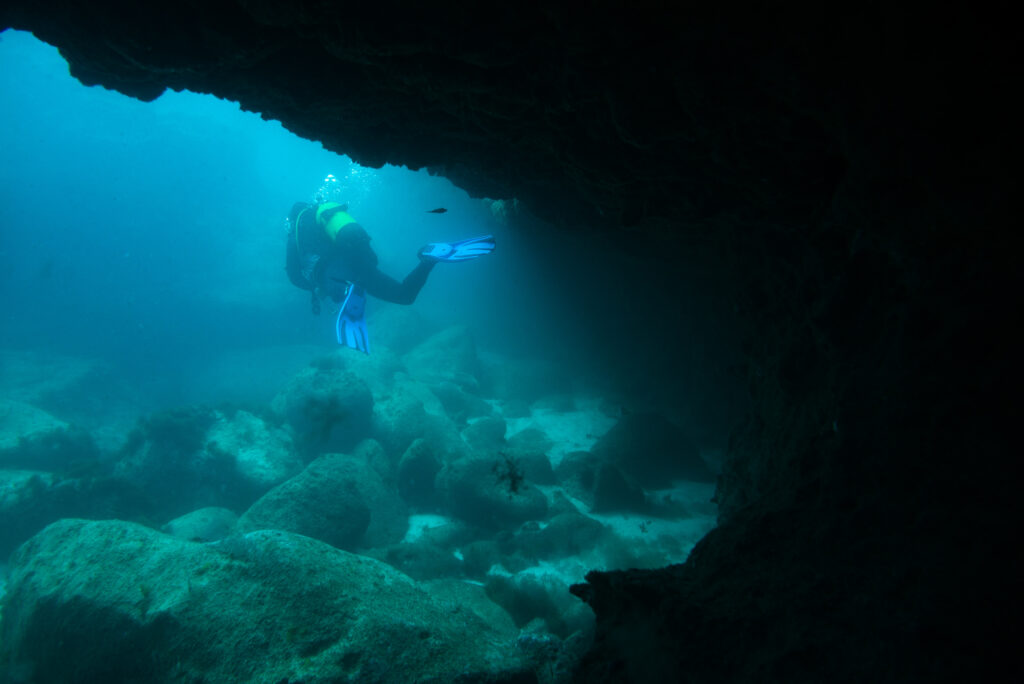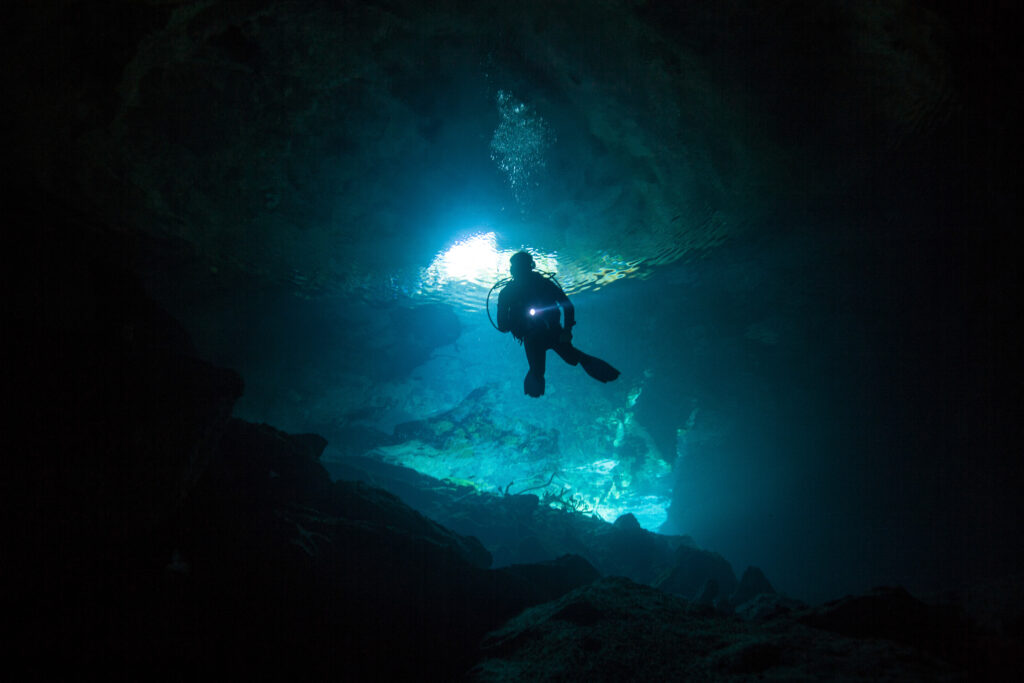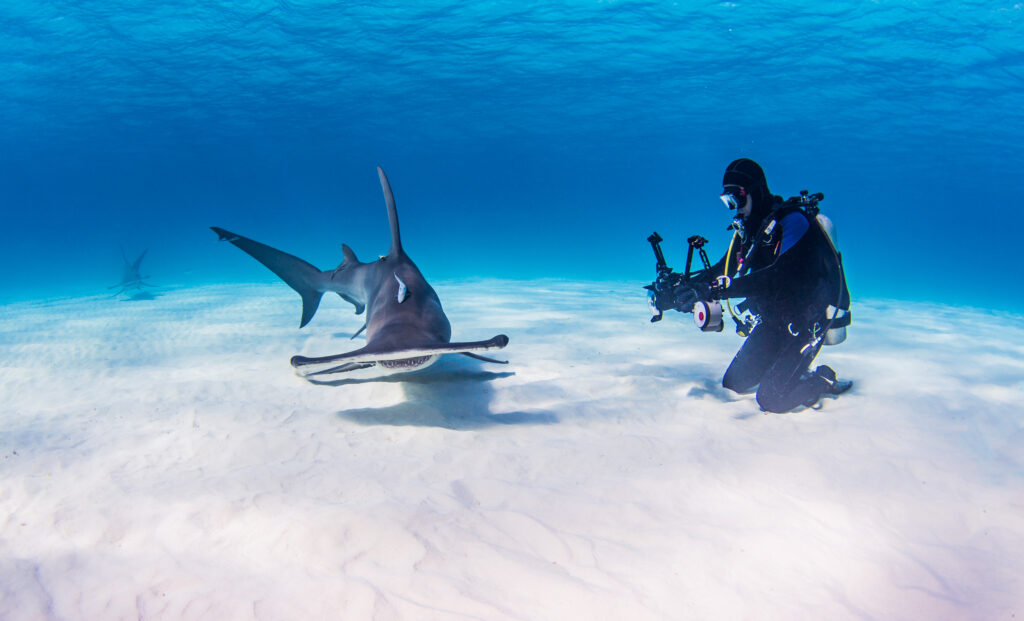What is Free Air?

Free air refers to air at atmospheric pressure, which is the pressure exerted by the weight of air in the Earth’s atmosphere. In the context of scuba diving, understanding the concept of free air is crucial for managing various aspects of dive planning and safety, including buoyancy, gas consumption, and decompression sickness. This entry will delve into the relationship between free air and compressed air, and how this understanding impacts diving practices.
What is Entry when Scuba Diving?

Entry techniques in scuba diving are critical for ensuring diver safety and environmental preservation. Proper entry methods allow divers to enter the water with minimal risk of injury and help protect marine environments from damage. Understanding and mastering various entry techniques is essential for divers of all skill levels, as it impacts both the initial moments of the dive and the overall diving experience.
What is a Dropoff?

A dropoff in scuba diving refers to a steep underwater slope or cliff that descends sharply from a relatively shallow area to much deeper waters. These underwater geological features are significant for divers due to their dramatic landscapes and the rich marine life they often host. Dropoffs are found in various parts of the world and are treasured for their breathtaking views and the unique diving experiences they offer. These areas are not only visually striking but also ecologically vital, serving as habitats for a wide variety of marine species.
What is Octopus Breathing?

Octopus breathing is a critical concept in scuba diving that refers to the use of a secondary breathing apparatus, known as an “octopus,” which allows divers to share air in emergency situations. This technique is an integral part of dive safety protocols, providing a reliable method for a diver to offer their breathing gas to a buddy who may have run out of air or encountered a malfunction with their primary regulator. The octopus system is designed to be easily accessible, typically color-coded, and positioned within reach to ensure quick deployment when needed.
What is an Over Pressure Valve?

An over pressure valve (OPV) is a critical component in scuba diving equipment designed to prevent the dangerous buildup of pressure within sealed systems. These valves automatically release excess pressure, ensuring the safety and functionality of diving apparatus such as buoyancy control devices (BCDs), drysuits, and rebreathers. The primary function of an OPV is to maintain safe pressure levels, thereby protecting divers from equipment failures that could lead to hazardous situations underwater.
What is an Inflator Valve?

An inflator valve is a crucial component of scuba diving equipment, particularly in buoyancy compensators (BCDs), allowing divers to adjust their buoyancy underwater. By adding or releasing air into the BCD, divers can achieve neutral buoyancy, making it easier to maintain their position in the water. The inflator valve’s functionality directly influences a diver’s control and safety, making it an essential element for any diving expedition.
What is Overweighting?

Overweighting in scuba diving refers to the practice of using more weight than necessary to achieve neutral buoyancy underwater. Proper weighting is crucial for maintaining control, safety, and efficiency while diving. Overweighting can occur due to various factors, including misconceptions about the amount of weight needed, incorrect gear configuration, and psychological influences. Understanding the implications of overweighting and how to manage it is essential for divers of all levels to ensure a safe and enjoyable underwater experience.
What is an LED Dive Light?

LED dive lights are a critical tool for underwater exploration, providing divers with the necessary illumination to navigate and observe their environment. Light Emitting Diode (LED) technology has revolutionized underwater lighting, offering a reliable and efficient source of light that is well-suited for the unique demands of diving. This article explores the history, technological aspects, design features, types, applications, advantages and disadvantages, maintenance, safety considerations, and market trends of LED dive lights.
What is the Global Positioning System (GPS) for Divers?

The Global Positioning System (GPS) has changed the way we navigate, whether on land, at sea, or in the air. Originally developed for military use, GPS technology has since become a staple in various outdoor activities, including scuba diving. Divers now rely on GPS for accurate navigation, safety, and data recording during dives. This system allows them to navigate underwater environments with more confidence and efficiency. As GPS technology evolves, its application in scuba diving becomes more specialized, offering tailored solutions to the challenges divers face in the underwater world.
What is a Logbook?

A logbook, within the context of scuba diving, is an essential tool for recording the details of each underwater experience. This practice dates back to the early days of diving when keeping a written record of dives was crucial for ensuring safety and improving skills. Today, the logbook serves multiple purposes, from providing a personal history of dives to meeting legal and safety requirements. Maintaining a detailed logbook is a fundamental aspect of diving that enhances the overall experience and contributes to a diver’s growth and development.
